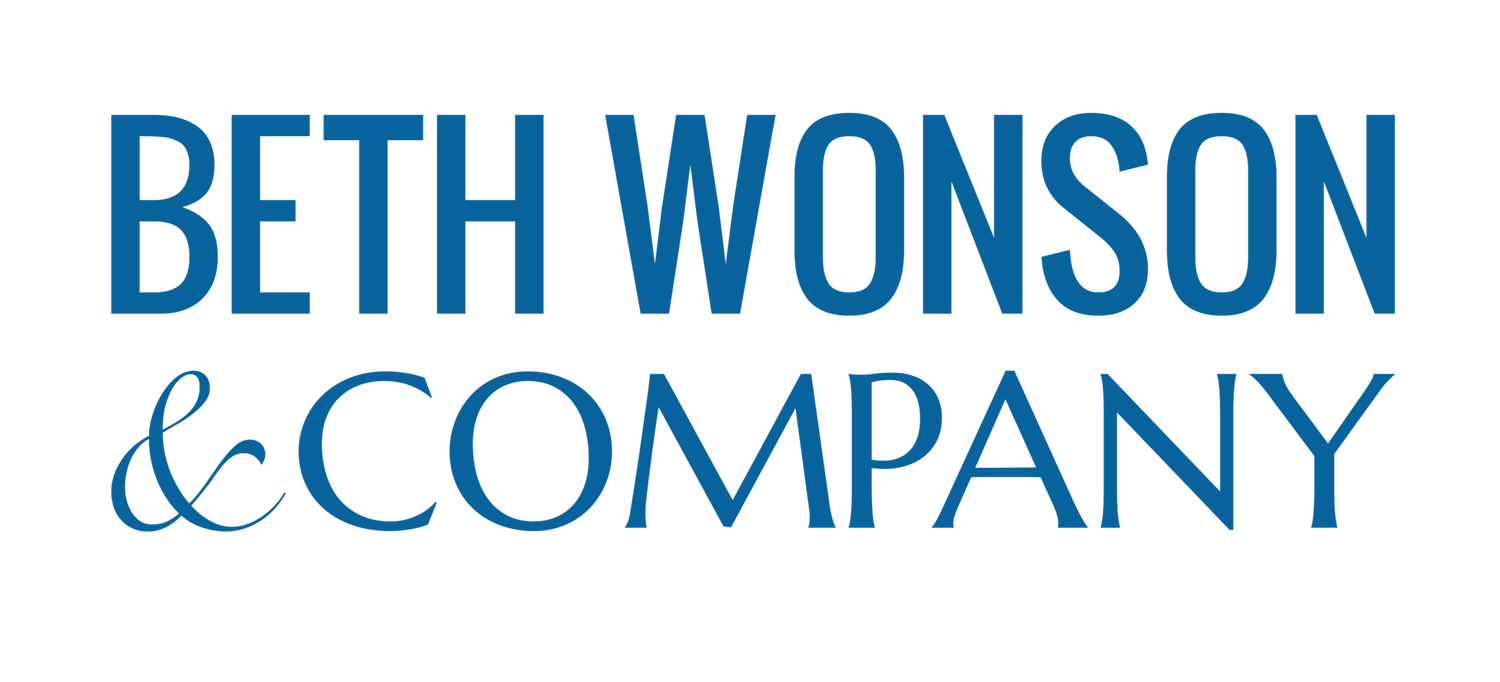A Solution for Team Conflict
Think about any movie you’ve seen where a team of bank robbers botch a well-planned robbery. There are many scenes showing them planning the robbery down to the tiniest detail. Getaway routes, avoiding alarms, and identifying who has what role.
But what usually sinks them is when an unexpected conflict arises. They haven’t developed any norms for how they will resolve conflicts while under stress. Arguing begins, there is dissension within the once cohesive team, and people begin going their own way. Next thing you know, the police are closing in.
Now I’m not in the habit of consulting with bank robbers, although I could definitely help them to be more successful. But I do work with many organizations who depend on cross-functional teams to implement high stakes projects.
And just like those fictional bank robbers, what I see stalling the progress of most cross-functional teams is that there is no time taken to plan for how to resolve conflict within the team.
Why don’t teams develop conflict norms?
Teams are so busy focusing on the work that needs to be done and how to reach their outcome, that they don’t consider that conflict is natural when people with different strengths, perspectives, experiences, and work styles come together. When there are no norms for engaging in conflict in healthy ways, it can result in breakdowns in the collaboration, cohesiveness, and forward momentum of a project.
We are all optimists and don’t think about conflicts!
We are all operating with limited time so the idea of an “extra” meeting to discuss something that hasn’t even happened yet feels like a luxury.
Trust me, establishing agreed upon norms for how to deal with conflict is not a luxury. It is actually the absolute best way to save time down the road.
Many leaders may dip their toes into conflict but they do it by declaring, “This is how we will resolve conflict”. They don’t engage the team in the discussion. But it's through discussion that you build relationships, create empathy, and foster trust within the team.
How do you have a conversation about conflict norms?
State the intention. Feel free to use my bank robber analogy to help the team see the risk and the need.
Be curious. Ask the group, "What do you need to be able to solve conflicts quickly and easily within this team?"
Encourage deeper conversation. When someone answers with a brief answer, such as “honesty”, ask them to say more about what honesty looks like to them. Or, ask them to describe how they know when they see honesty. It is the nuances behind the words that are often not clear.
Create a list of norms from the answers.
A sample list of norms might look like:
When you don’t understand, ask a clarifying question.
Don’t make assumptions.
Resolve issues within the group before escalating.
Remember to focus on the goal.
If you feel resentment or that things aren’t fair, bring it up in a clear, kind, and non accusatory manner.
Don’t take things personally.
If conflicts can’t be resolved within the team, agree to come up with a strategy for asking for support or escalation that comes from the team versus individual members.
The NCD Framework is Your Solution
Navigating Challenging Dialogue® workshops, coaching, and facilitation give you the proven steps to skillfully manage challenges like conflict while increasing empathy, fostering trust, and keeping projects on-tracks.
While it seems to me that many a bank robber would benefit from NCD skills, I’m far more interested in helping you and your team collaborate in the best ways for getting the work done!
If you’d like to learn how I can facilitate a Setting Conflict Norms session, let’s talk.
Have a Question? Let’s Talk Today
You may be facing a challenge or weighing an action and aren’t sure where to start, or what a solution even looks like. Contact Beth today! It’s 100% confidential so you can freely discuss the challenges you’re facing and unlock a path forward. Or Get Started with our resources library and books.
